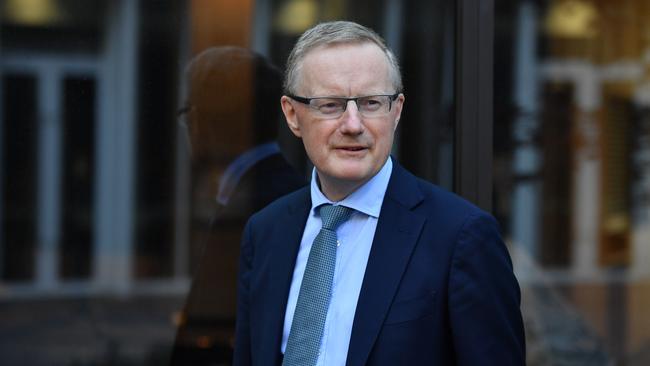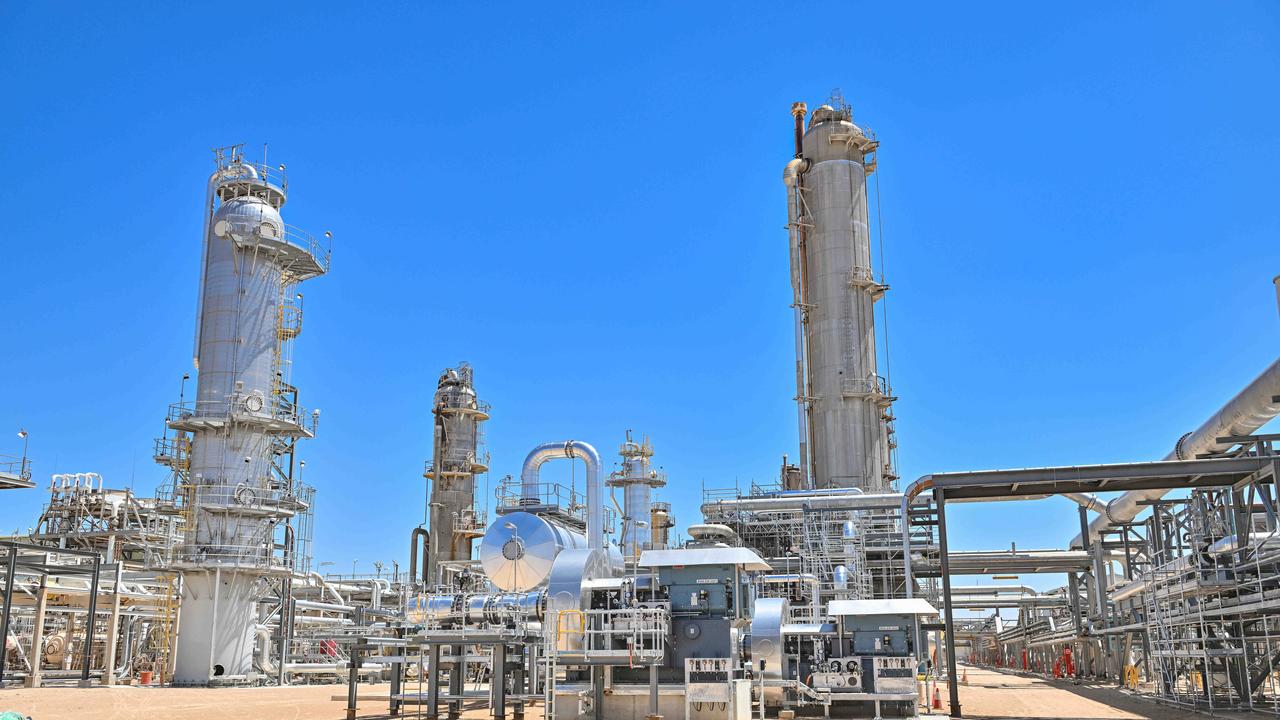
The Reserve Bank may have had little choice but to trim rates by 25 basis points at its meeting on Tuesday, given the increasing concern about the economic fallout from the coronavirus.
But the move to a record-low cash rate of 0.5 per cent also means that the central bank is running out of firepower as it faces a growing global economic crisis spread by the hyper-infectious coronavirus.
Like his fellow central bankers around the world, Philip Lowe is a monetary policy emperor with fewer and fewer clothes.
By cutting rates, the RBA will help to further stimulate the housing market in Sydney and Melbourne but do little to really help those industries that are being hit by the coronavirus, such as education and tourism.
While there was a Greek chorus of market players calling for a rate cut, the move takes Australia — the country that has had almost 30 years of uninterrupted economic growth — closer to the unknown zone of negative interest rates, or quantitative easing, or whatever happens after the cash rate hits zero.
There are severe limits to the power of monetary policy going forward, of which Lowe, more than anyone else in Australia it seems, is acutely aware.
What happens to the Greek chorus about the need to have the RBA “do something” when the cash rate hits zero?
Each cut in the cash rate may be seen as stimulatory in a conventional economic analysis.
But it is also a blow to economic confidence — a reminder of the RBA’s concern about the weakness of the economy and the potential global crisis ahead, and a blow to savers and retirees.
Each cut in the cash rate takes the nation closer to the policy stasis that has been seen for too long in Japan and Europe.
As Mark Thirlwell, the chief economist of the Australian Institute of Company Directors, explains, the RBA has come under increasing pressure to cut rates in the past few weeks.
“The RBA’s decision caps what has been a swift and brutal re-evaluation of the likely economic fallout from COVID-19,” Thirlwell told The Australian.
“Until a week or so ago, markets — taking the 2003 SARS experience as their guide — had as their base case scenario a short, sharp disruption to the global economy.
“But over the course of the past week, that assessment became much darker.
“The consequent market fallout then itself became another headwind for the global economy.
“The first of the big official forecast downgrades in the wake of this market adjustment came on Monday as the OECD slashed its projections for the global economy and warned that Australia’s economic outlook was particularly threatened.
“Under these circumstances, and with markets fully pricing in at least 25 basis points of policy easing, the RBA was under significant pressure to cut.”
But, as Thirlwell points out, this means that the RBA now has only a “meagre 25 basis points of conventional ammunition left to face down whatever else the global economy can throw at us this year”. He added: “After that, it will be forced to turn to unconventional measures such as quantitative easing.”
Thirlwell says that if it comes to the point of quantitative easing, “the pressure for fiscal policy to take more of the economic adjustment load — already high — will now only increase”.
In a speech to the AICD conference on Tuesday, Richard Goyder, the chairman of Qantas, Woodside and the AFL, admitted that “none of us quite know where this is going”.
Goyder said the crisis would be challenging, but it would also pass and, at some point, could throw up “opportunities”.
The best way for a company to get through the crisis, he said, was to be well prepared with plenty of cash and a strong balance sheet.
This is true, but it is cold comfort to businesses that were riding high last year and that now suddenly find themselves in acute cash crises.
The virus will hit some sectors of the economy particularly hard over a limited period of time — a situation that would be better met with a range of targeted assistance and relief than ongoing pressure on the RBA for rate cuts.
The RBA is not alone, of course. Its move is expected to be part of a global cut in rates in response to the coronavirus crisis.
“In most economies, including the United States, there is an expectation of further monetary stimulus over coming months,” Lowe says in his statement.
The federal government, he adds, “has also indicated that it will assist areas of the economy most affected by the coronavirus”.
Hopefully we will see more details of that soon. Is it time to appoint someone in the government who can oversee the economic impact of the coronavirus in the same way as others are overseeing bushfire recovery?
Meanwhile, the RBA has fewer and fewer options into the future.
Has it in effect used a longer-term policy measure to battle a short-term crisis?
Given the political pressure, the bank probably had no choice to move as it did on Tuesday.
But policymakers and market players need to realise that the limits of monetary policy’s stimulatory impact are fast approaching.
The bank is not pushing on a string with its rate cuts — it is further stimulating Sydney and Melbourne housing prices, which will do almost nothing to help the specific sectors that are affected by the virus.



